Meet the golf course manager: Gary Rowe
Related Articles
With all but two of the greenkeeping team furloughed during April, Gary Rowe, course manager at Banstead Downs Golf Club, details how the club has adapted to life against the backdrop of the coronavirus pandemic, plus how the course drastically improved irrigation efficiency.
Opened in 1890, Banstead Downs Golf Club in Surrey was designed by James Braid and prides itself on being one of the UK’s finest downland courses.
Its chalk base allows for excellent drainage helping to ensure the course remains open and playable on fine surfaces all year round. Extensive renovation work led to the course being lengthened to 6,581 yards with a par of 71 and CSS of 72.
The natural topography provides ideal golfing terrain as nature intended, rarely giving a flat stance, and challenging golfers of every level to use their full repertoire of shots. The greens are fast and true but the subtle undulations and slopes provide surfaces that will test even the best of putters.
We caught up with the club’s course manager, Gary Rowe, to find out about what maintenance of this venue involves, and how Covid-19 has affected him, his greenkeeping team and the club in general.
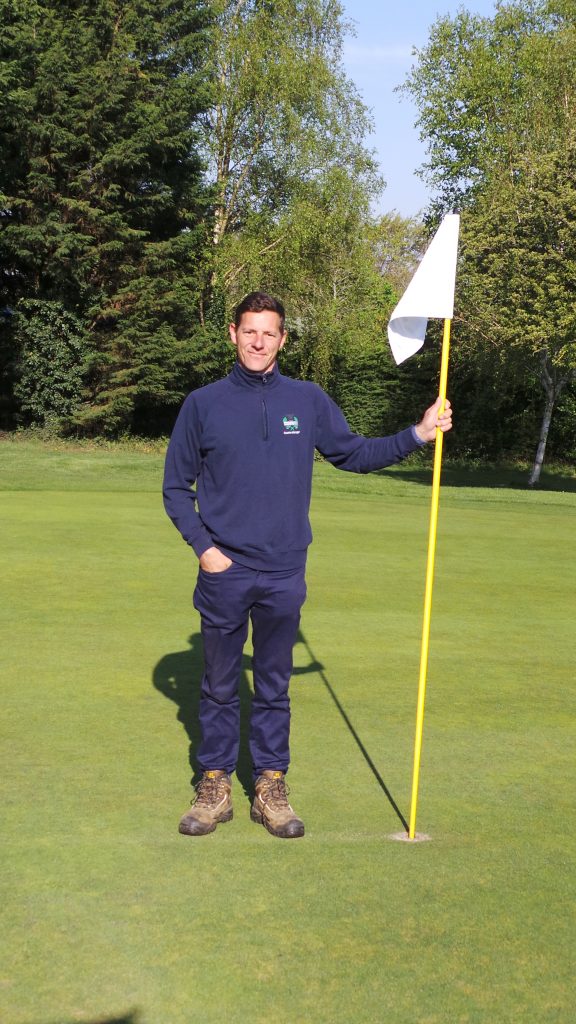
How did you become course manager at Banstead Downs Golf Club?
I left school at 16 and started a job as a greenkeeper at Cuddington Golf Club in Surrey. I worked for four years as an assistant greenkeeper.
I then decided I’d like a change, left the industry for four years to work at Covent Garden’s flower market, which was an experience, but I missed greenkeeping. When on holiday in Florida, my wife saw a position advertised at Banstead Downs for an assistant greenkeeper and without my knowledge my wife applied for this on my behalf! The day we returned from holiday I was interviewed and secured the position and my journey began.
I’ve since progressed from assistant to first assistant, was then promoted to deputy course manager, which I did for 10 years and in September 2019 I was promoted to course manager.
All my training was undertaken whilst working NVQ level 2, undertaken at Nescot College in Epsom, where I also did my PA1, 2 and 6 in that time. NVQ level 3 followed, also at Nescot College, and I have a chainsaw licence and level 2 in irrigation.
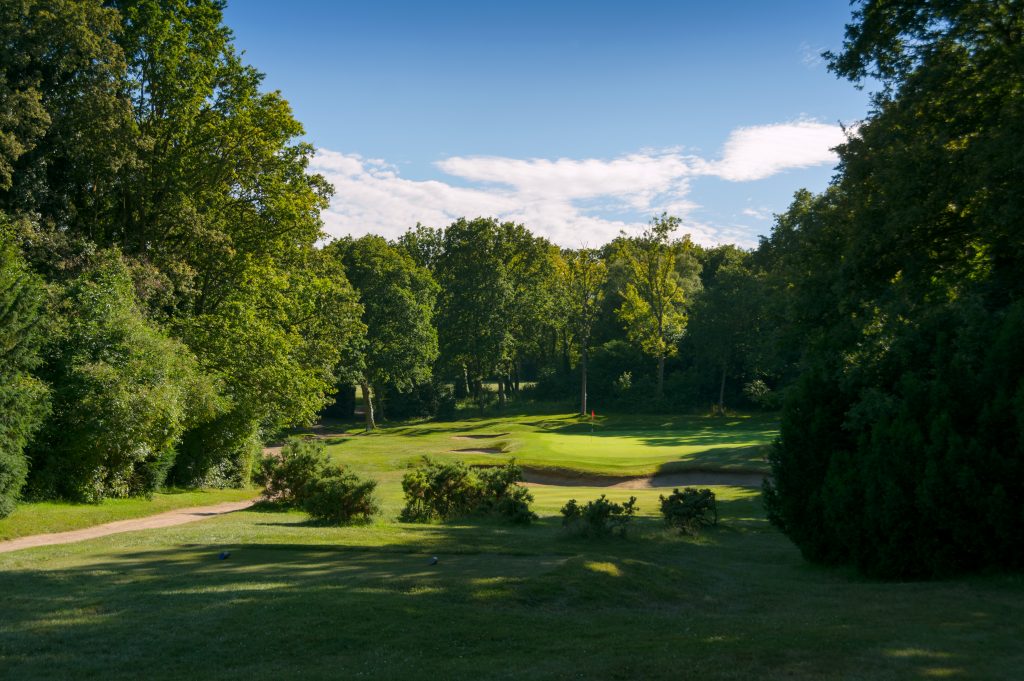
How big is the greenkeeping team at Banstead Downs?
We have five full time staff which I am hoping to expand in the near future. My deputy is Joe Kevin, and Chris Mitchell, Luke Williams and Robert Watkins are assistant greenkeepers. We all pretty much muck in and cover all aspects of managing the course daily. All staff are qualified to NVQ level 2 or above. All the staff have a good knowledge and a great understanding of what is expected when maintaining the course.
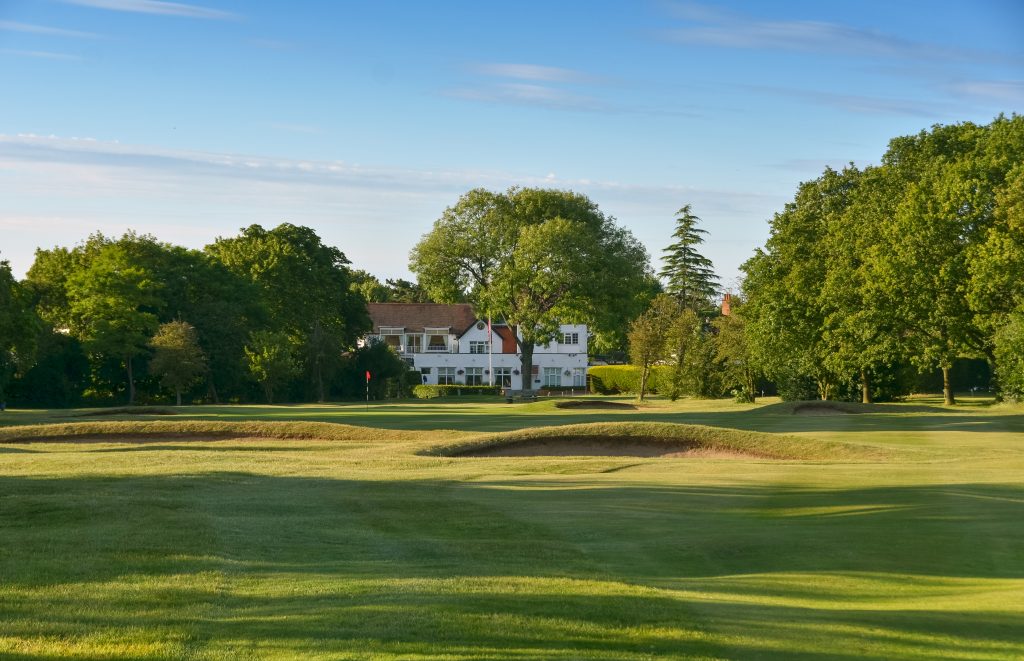
We’re conducting this interview in late April, when all golf courses in the UK are closed. Can you take us through your experiences of Covid-19 so far?
Currently we have just myself and my deputy working the course and the club has furloughed my three assistants. Fortunately we hollow-cored and top-dressed shortly prior to lockdown, which has got us ahead and we could not have managed that with just two members of staff. Myself and Joe are just undertaking essential maintenance at present and are following the guidelines of The R&A and BIGGA. We are cutting tees and approaches twice a week, greens are being cut three times a week and fairways and semi rough once a week. We are on top of the situation at the moment, but things could change when the soil temperature moves upward. The rough is being cut every two weeks, but this is a task.
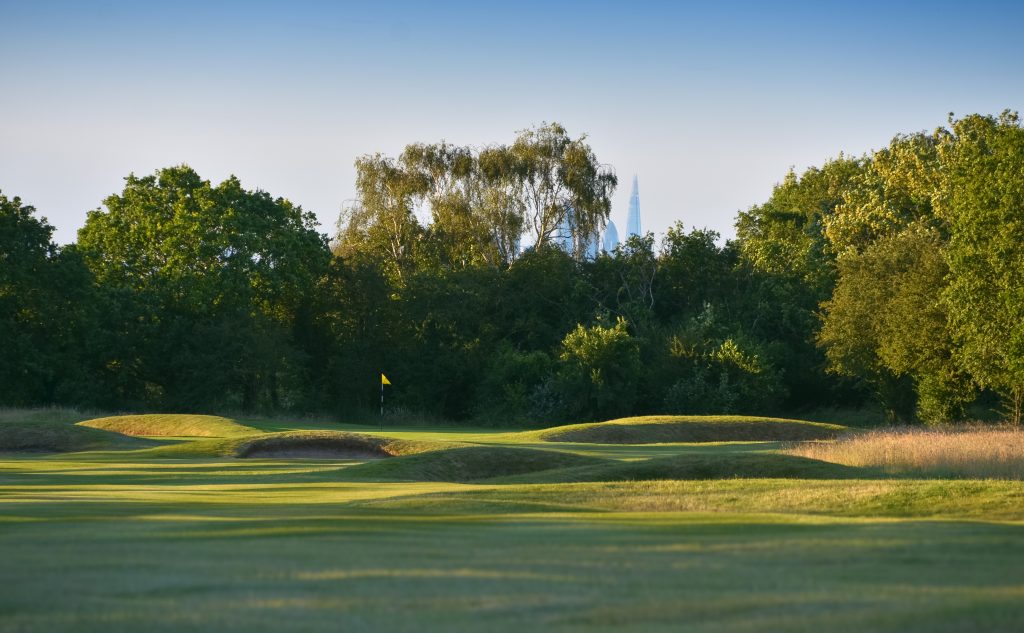
How has the current situation affected working practice across the course and how are you and Joe responding and working with each other’s safety in mind?
We will currently work in sight of one another when working as a team and undertaking general maintenance, to ensure support is in place. I ensure if I am lone working that I check in and I also WhatsApp a fellow colleague on commencement and finishing of work so we do all that’s possible to keep safe and informed. The course is on common land and we have seen an increase of people walking and exercising, which obviously we have to be careful of and unfortunately we see people trying to play golf when the course is closed, which can be difficult as we have to approach anyone doing so and politely request they stop. It’s difficult!
Have you had to review your headline budget and divide this into specific areas of focus?
Not as yet but we are only spending on essential items until we have a clearer picture of how things will pan out. Fortunately our spring fertilisers had been purchased before lockdown, there are a few things we need, but we will probably get by and hopefully the lockdown will ease shortly and we can all get moving again.

What security measures has the club taken to see that the clubhouse and course is kept safe during the Covid-19 lockdown?
We are on common land, which is a challenge and with six entrances we cannot block anyone coming in. At present, and because I live on site with my family, I am policing the course to the best of my ability and regularly checking the clubhouse. The club manager is visiting the clubhouse a number of times as well, so between us we are doing the best we can.
What effects did this winter have on the course, what recovery programme have you been running and how far away from where you want to be are you now?
With persistent rain from September to March and all the worm suppressants being withdrawn from the market, worm casts have been a major challenge. To overcome this problem we purchased a SISIS multi brush, which is incredible in the right conditions, we found it disperses the casts sufficiently to be able to cut easily and lifts the canopy of the plant as a secondary bonus.
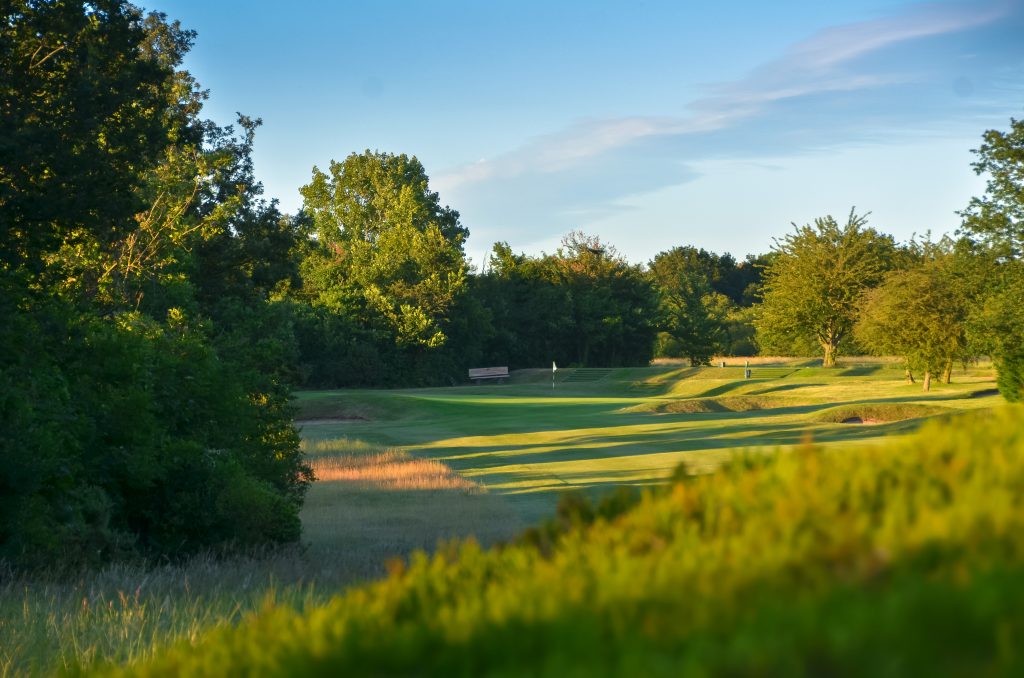
The course irrigation system was installed in 2015. Please can you explain your water source, storage, the design of the system and the challenges you currently experience?
Topturf Irrigation installed our current system which is a Hunter Pilot. New pipe work was laid and we are using Hunter i20 rotary sprinklers in the tees and a G8500 on our approaches and greens, which are for a valve-in head sprinkler. We’ve found we can use water more efficiently, we can water certain areas in isolation if needed and the installation has seen an increase in water saving and efficiency. It’s a real benefit to the course as the previous system was some 30 years old and truly on its last legs.
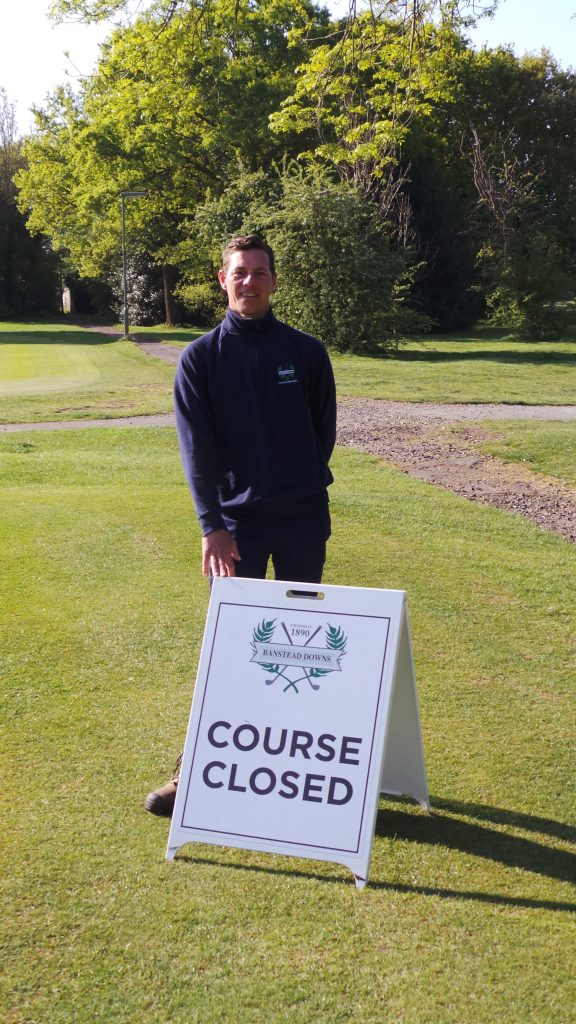
You’ve been working closely with Topturf Irrigation for quite some time. What level of support do they deliver and how does this help you and the team?
We have been working with Topturf for five years now and selected them for their favourable track record. The level of support we have is generally two visits per year and is specifically to start up our system and drain it down.
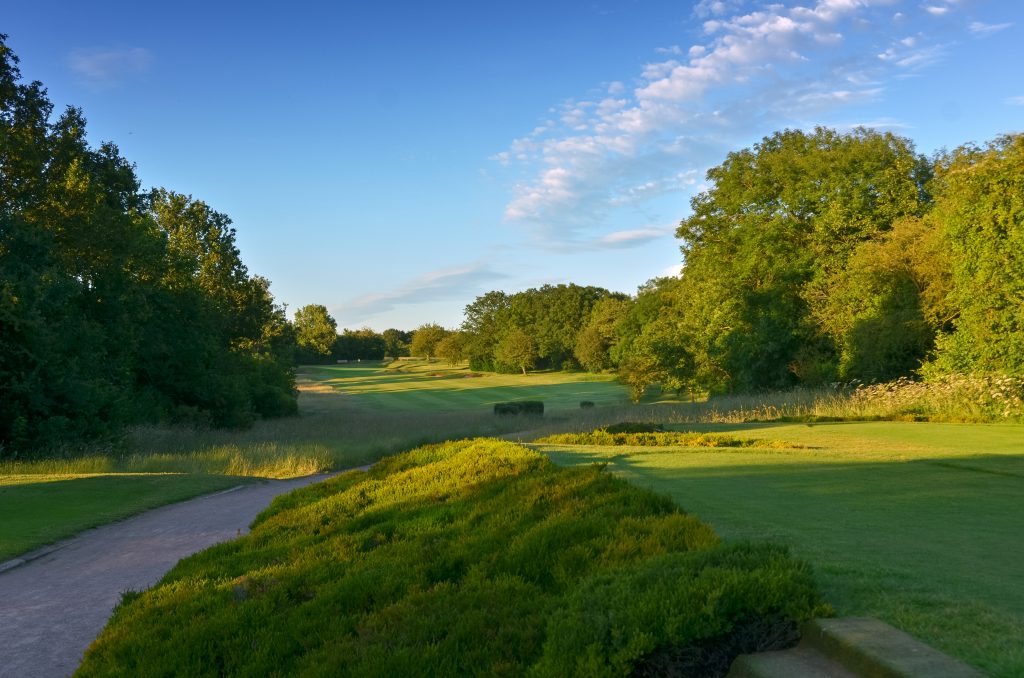
What have you found to be the real benefits of working with Colin Clark (Topturf’s managing director) and Topturf Irrigation?
I would say the reliability, personal service, technical knowledge and willingness to work closely to overcome any technical problems. They deliver solutions!
The course has a heavy population of trees. What management programme do you run across the course?
The golf course is built on a Site of Special Scientific Interest (SSSI), and the club leases land from Reigate and Banstead Council. We have a good number of trees to manage and work closely with the council and Natural England, with whom we have a very good relationship. We tend to work out a plan well in advance of our winter work which we submit to the council and Natural England. A site visit will be undertaken to go through and discuss the proposals and then once consent has been granted, we can get on with the work. We are also working closely with Natural England to identify areas we can use for our scrub regeneration, we then revisit these areas every five years.
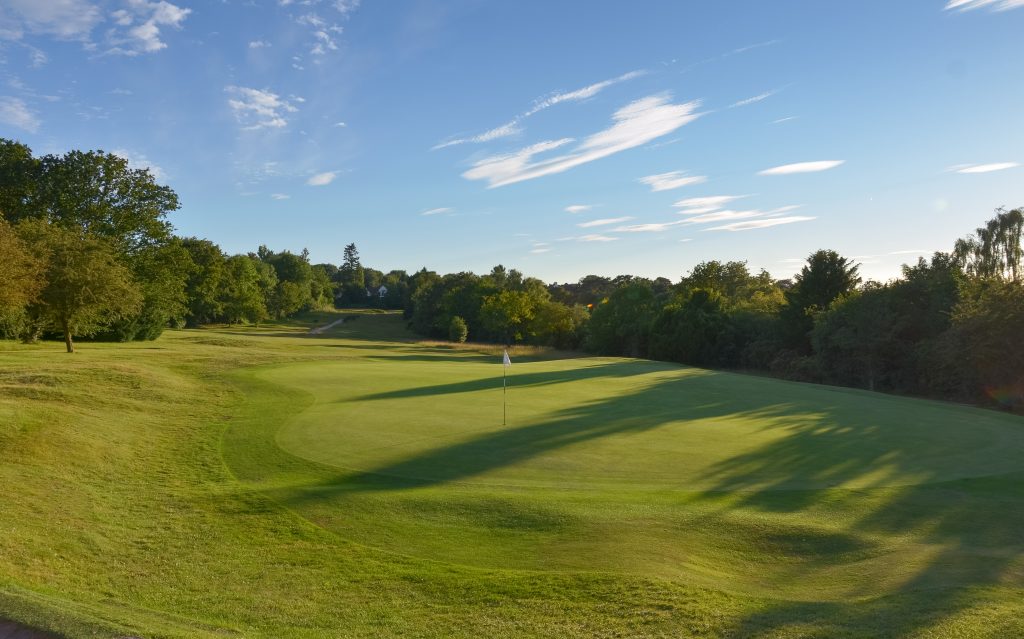
What cultivars are you using across greens, tees and fairways?
For our greens, we use fescue and bents. We use fescue on the fairways, which are natural to the downs and thrive on our fairways because we do not feed or irrigate these areas. We have moved over to using dwarf rye on the tees as it’s more hardy and we’ve found that the newer cultivars are more like fescues but very hard wearing. These are Barenbrug and we are happy with the results.
What do you think are the strengths that have carried you through your career and current position at Banstead Downs? How do you look forward to keep the course evolving?
I am approachable, which I think is a lot more important than it used to be when dealing with members and staff, I’m highly committed to the job and hard working. I would say that we have a small close team built on many years working together and with that comes a respect for each others’ abilities, which I believe contributes to a happy, productive team of great strength.
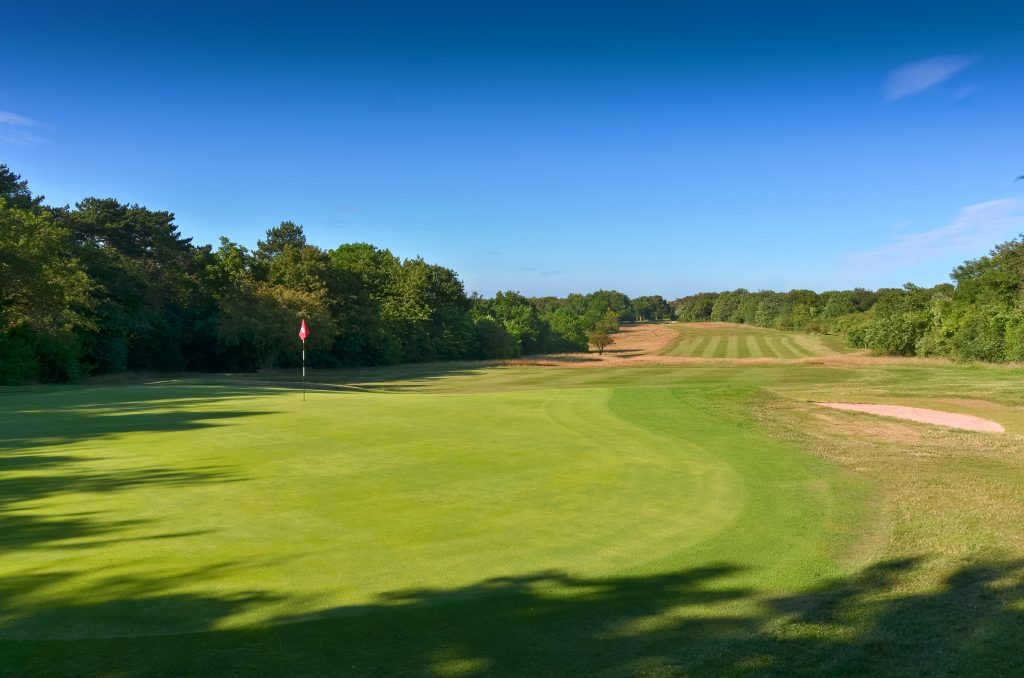
What height of cut do you use across the course?
Our summer cut heights are greens and playing 3.5mm; tees and approaches 9mm fairways 12mm; semi rough 25mm; rough two and three quarters inches.
Training and education are key to developing a good team, what do you do to ensure you are investing in raising the standard of practice and performance of your team members and what is the club’s view on training?
The club is highly supportive of team members wanting to progress and really encourages further education to benefit the maintenance of the course. When the lockdown is lifted, I will be undertaking an HND in golf management,which the club has asked me to do. This will enable me to get a deeper insight as to the business side of managing myself and the golf course, which can only deliver further benefit and I am looking forward to this.
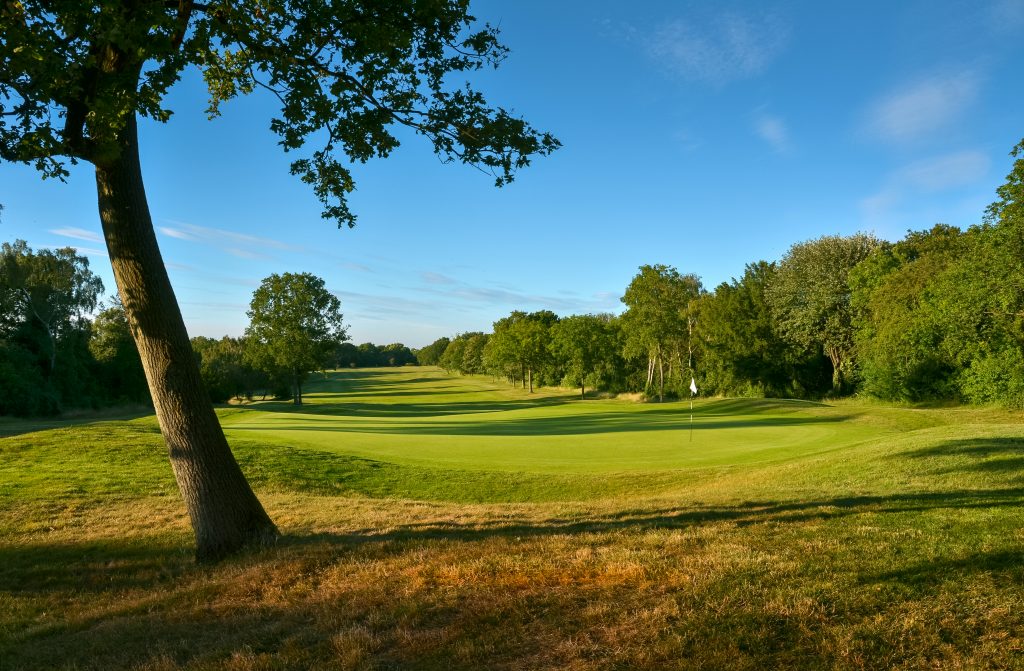
What is your aeration programme?
We have two major renovations in March and August. We hollow-core, overseed, top-dress and follow this with a Vertidrain on greens. In March we also Vertidrain tees and fairways, and through the summer months we regularly top-dress using a light dressing of sand and spike, we return to slitting throughout the winter months.
The pressures on the course manager to deliver a better product are growing year on year and the level of professionalism is rising with this. What do you think are the qualities now needed to meet the requirements and demands of golfers by someone in your position and how does this help contribute to the business of golf?
Green speed is a massive expectation, 12 months of the year. Televised golf can present a problem because people expect the same from their course, not understanding or taking into consideration that budget and staffing levels are not comparable to tournament courses. I believe we have to be smarter financially and with our time and the team’s time to ensure the best return.

What currently gives you the greatest satisfaction from your job?
The satisfaction I see from my members, when we are out working for them together, with praise from paying visitors, I find this rewarding and it’s an incentive to deliver a better product. I enjoy seeing my team enjoying their work and getting a sense of satisfaction from all their hard work.
I learned a good deal from my previous course manager, Lee Gatland, and I am proud to have worked my way up to the position of course manager at Banstead Downs.
What advice would you give to youngsters starting out and wanting to pursue a career in the profession?
I think you need to stick to it, there are tough times and sometimes the grass may look greener on the other side, but it’s a great industry and with the right attitude you can get immense satisfaction and go a long way.
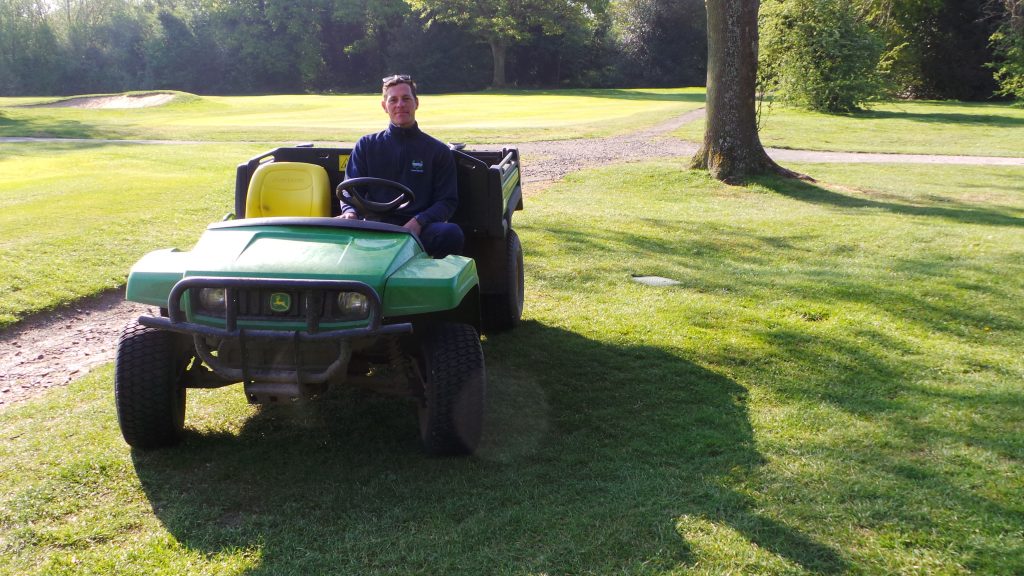
What changes do you think need to be made to benefit the industry sector and profession of the greenkeeper?
I think we need to be highlighted as professionals, as there is much science behind the profession. It will be a slow process of educating people and members as to exactly what we do in order to deliver the superb playing surfaces and product that they expect for the money they invest to play.

























